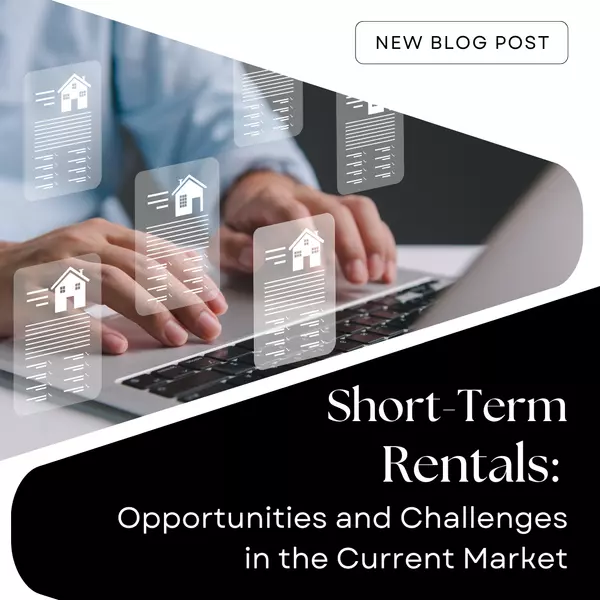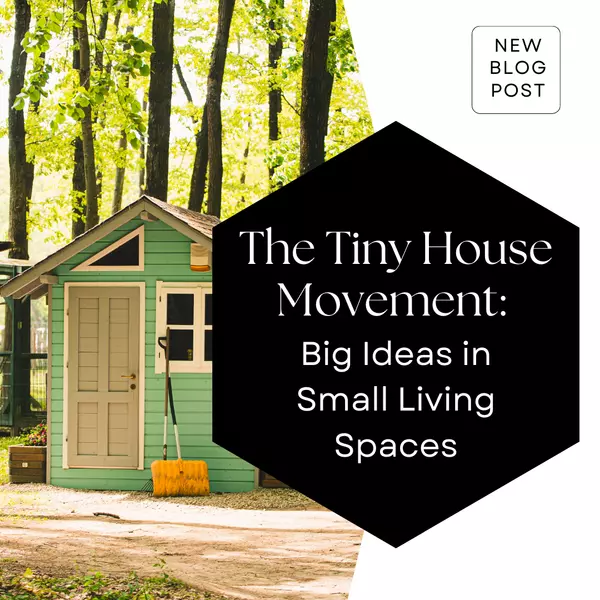Urban to Suburban: The Changing Landscape of Real Estate Post-Pandemic

Urban to Suburban: The Changing Landscape of Real Estate Post-Pandemic
The COVID-19 pandemic has brought about seismic shifts in numerous aspects of our lives, and the real estate market is no exception. As people re-evaluated their living situations during lockdowns, a noticeable migration from urban centers to suburban areas emerged. This trend has transformed the real estate landscape in profound ways, affecting both buyers' preferences and market dynamics. This blog delves into the factors driving this urban-to-suburban shift and its implications for the future of real estate.
The Urban Exodus
For decades, urban living was synonymous with convenience, cultural amenities, and proximity to work. However, the pandemic forced many to reconsider the downsides of densely populated cities. Health concerns, coupled with a desire for more space and better quality of life, sparked an exodus to the suburbs. People sought more room, both indoors and outdoors, to accommodate new lifestyle needs, such as home offices, virtual schooling, and private outdoor areas.
Space and Comfort
One of the most compelling reasons for the shift to suburban living is the need for more space. Urban apartments, often compact and without dedicated workspaces, became less appealing when homes turned into multi-functional environments. Suburban homes typically offer larger floor plans, additional rooms, and expansive yards, providing the space needed to balance work, family, and recreation.
The Appeal of Suburban Lifestyles
Suburban areas offer a lifestyle that many found increasingly attractive during the pandemic. The slower pace, quieter neighborhoods, and access to nature and outdoor activities became significant draws. For families, the suburbs often mean better schools, safer environments, and a stronger sense of community. These factors collectively contribute to the growing appeal of suburban living.
Quality of Life Improvements
The pandemic underscored the importance of quality of life, prompting many to seek environments that promote well-being and comfort. Suburban areas, with their lower population density, larger homes, and outdoor spaces, provide a more relaxed and healthier living environment. Access to parks, trails, and other recreational facilities has become a priority for many homebuyers looking to enhance their quality of life.
The Changing Rental Market
The rental market has also felt the impact of this migration. Urban rental properties, once in high demand, have experienced a decline in occupancy rates. In contrast, suburban rental markets have seen an increase in interest. Landlords in suburban areas are now catering to families and individuals seeking more space and comfort. Meanwhile, urban landlords are exploring ways to make city living more attractive, such as offering flexible lease terms and additional amenities.
Real Estate Market Dynamics
The urban-to-suburban shift has created a ripple effect in the real estate market. Suburban home prices have surged due to increased demand, making the market competitive for buyers. Low mortgage rates have further fueled this trend, enabling more people to purchase homes. On the other hand, urban real estate markets have experienced a cooling period, with some cities seeing a decline in property values and slower sales.
New Suburban Developments
Developers have responded to this shift by focusing on suburban projects. New developments are designed to cater to the needs of modern families and individuals. These communities often feature amenities such as parks, recreational facilities, and communal spaces. Additionally, mixed-use developments that combine residential, commercial, and leisure spaces are becoming more popular, providing suburban residents with urban-like conveniences.
Sustainability and Green Spaces
The pandemic has heightened awareness of sustainability and the importance of green spaces. Suburban areas, with their larger plots and access to nature, offer more opportunities for sustainable living. Homebuyers are increasingly looking for energy-efficient homes with features like solar panels, sustainable building materials, and efficient heating and cooling systems. Additionally, the availability of parks, trails, and open spaces in the suburbs aligns with the growing desire for outdoor activities and a connection to nature.
The Future of Urban Living
While the suburban shift is significant, urban living is far from obsolete. Cities are adapting to these changes by reimagining urban spaces to better meet the needs of residents. Urban planners are focusing on creating more green spaces, improving public health infrastructure, and enhancing the quality of life in city environments. Additionally, the cultural and social advantages of urban living continue to attract those who thrive in vibrant, dynamic settings.
Conclusion
The urban-to-suburban migration spurred by the pandemic has reshaped the real estate landscape, influencing buyer preferences and market trends. The desire for more space, improved quality of life, and the appeal of suburban lifestyles have driven many to seek homes outside of urban centers. As the real estate market continues to evolve, understanding these shifts will be crucial for buyers, sellers, and real estate professionals. Whether you’re considering a move to the suburbs or exploring opportunities in the urban market, the post-pandemic real estate landscape offers diverse possibilities for a variety of lifestyles and preferences.
Recent Posts










GET MORE INFORMATION


